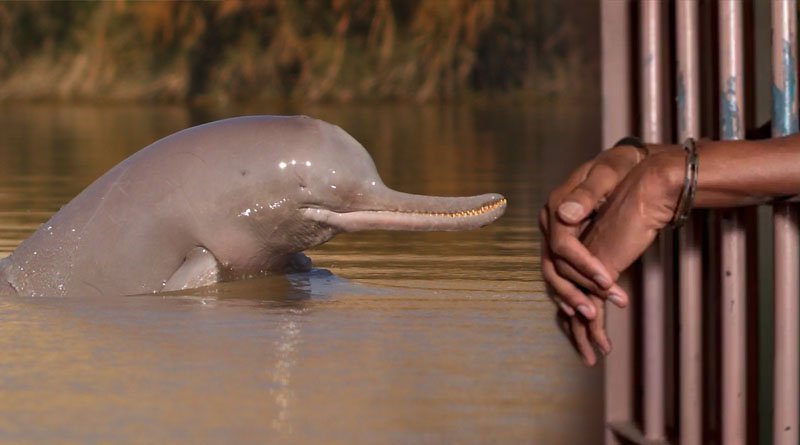Severe punishment was administered for the first time ever in an effort to safeguard the critically endangered blind dolphins, one of only four freshwater dolphin species still extant.

In Sukkur, a city in Sindh province located along the western bank of the Indus River, which is home to the rare blind dolphin, a man who killed the endangered Indus River blind dolphin received five years in prison and a fine of Rs0.25 million in addition to his sentence.
According to reports in the local media, the severe punishment was administered for the first time ever in an effort to safeguard the critically endangered blind dolphins, one of only four freshwater dolphin species still extant.
Manoor Mirani was given a sentence by a local court in Sukkur for killing a blind dolphin that was caught in a trap net the previous year.
As soon as a video of Mirani using an axe to kill the threatened aquatic mammal went viral on social media, authorities acted. The trial began when Wildlife filed a complaint against Mirani, and reports stated that the Punjab Forensic Science Agency examined his viral video for graphic authenticity.
The Indus river dolphin is a species of freshwater dolphin that is found only in the Indus River system in Pakistan. It is one of the rarest and most endangered species of dolphins in the world, and is considered to be a national heritage animal in Pakistan.
One unique characteristic of the Indus river dolphin is that it is nearly blind. Its eyes are small and poorly developed, and it relies primarily on its sense of hearing and touch to navigate and locate prey.
The Indus river dolphin is adapted to living in the unique conditions of the Indus River system, which includes a wide range of water temperatures and varying levels of salinity.
These dolphins are typically found in the lower reaches of the Indus River and its tributaries, and their numbers have declined significantly in recent years due to a variety of factors, including habitat loss, pollution, and the construction of dams and other water development projects. Conservation efforts are underway to protect this species and improve its chances of survival.